Emma Dawson
Semantic HTML means it's semantic, right? Right?
#1about 6 minutes
How browsers create the accessibility tree from HTML
Browsers parse HTML into the DOM for visual display and simultaneously create an accessibility tree to convey semantic information to assistive technologies.
#2about 2 minutes
Categorizing semantic HTML as good, bad, or ugly
Semantic HTML elements can be categorized as good (meaningful and accessible), bad (non-semantic like divs), or ugly (semantic but with accessibility caveats).
#3about 3 minutes
Making the section element accessible with ARIA labels
A section element is ignored by the accessibility tree unless it is given an accessible name via an `aria-label` or `aria-labelledby`, which promotes it to a landmark region.
#4about 2 minutes
How context affects header and footer accessibility
The header and footer elements are only exposed as landmarks to assistive technologies when they are direct children of the body element.
#5about 2 minutes
Using anchor tags for navigation and buttons for actions
Anchor tags should be used for navigation to a new page or location, while buttons should be used to perform an on-page action to meet user expectations.
#6about 2 minutes
Why text styling tags are ignored by screen readers
Semantic tags for emphasis or importance like `<em>`, `<strong>`, `<b>`, and `<i>` are not audibly announced by screen readers, requiring alternative methods to convey meaning.
#7about 3 minutes
The inconsistent screen reader support for del and ins tags
The `<del>` and `<ins>` elements, often used for pricing, have improving but still unreliable support across screen readers and browsers, which can lead to confusion.
#8about 2 minutes
Accessibility issues with hr, br, and abbr tags
Elements like `<hr>`, `<br>`, and `<abbr>` can create disruptive experiences or have unreliable support, demonstrating that browser compatibility does not equal screen reader compatibility.
#9about 1 minute
Stop fighting the browser and use elements correctly
The key takeaway is to use HTML elements for their intended semantic purpose, such as using buttons for actions instead of making divs clickable.
Related jobs
Jobs that call for the skills explored in this talk.
Matching moments

53:52 MIN
Why content structure and accessibility are crucial for SEO
WeAreDevelopers LIVE – SEO, GEO, AI Slop & More
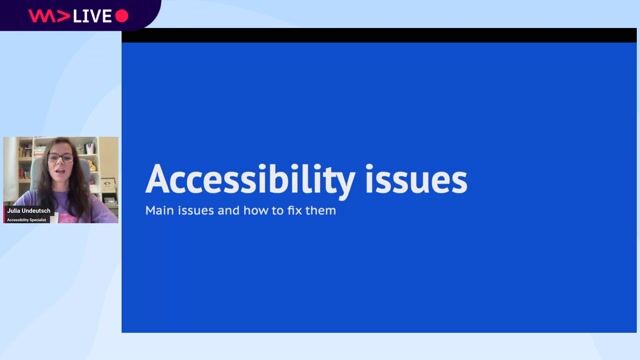
04:46 MIN
Using semantic HTML for a better accessibility tree
Accessibility in React Application

15:46 MIN
Why semantic HTML is still critically important
The Resilience of the World Wide Web

15:46 MIN
Why semantic HTML still matters for functionality
The Resilience of the World Wide Web
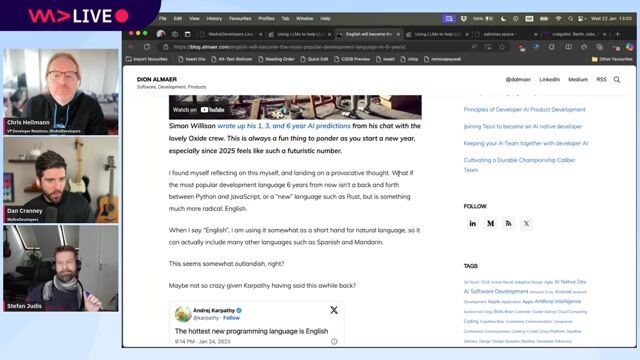
27:17 MIN
The importance of web accessibility as a core developer craft
WAD Live 22/01/2025: Exploring AI, Web Development, and Accessibility in Tech with Stefan Judis

23:22 MIN
Using the right tool for the right job for accessibility
Future-Proof CSS

26:50 MIN
Summary of key accessibility best practices
Making Interactions Accessible to All Users

00:15 MIN
Defining web accessibility and its importance for developers
Decoding web accessibility through audit
Featured Partners
Related Videos
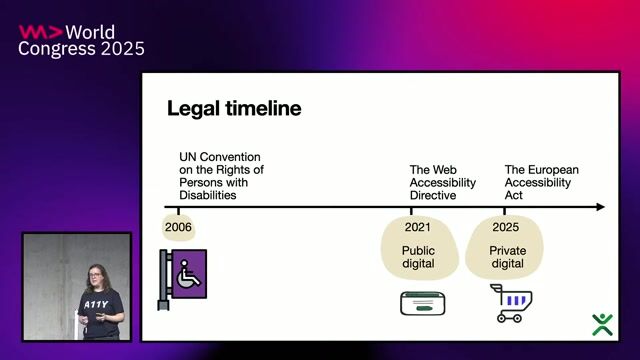 24:30
24:30Oh S***! There's a New Accessibility Law and I'm Not Ready!
Emma Dawson
 1:10:08
1:10:08WeAreDeveloper Live: Accessibility in the EU, CSS Gaps and forms with Emma Dawson
Emma Dawson
 29:59
29:59The What, Why, Who and How of accessibility on the web
Konstantin Tieber
 27:16
27:16Mastering Keyboard Accessibility
Tanja Ulianova
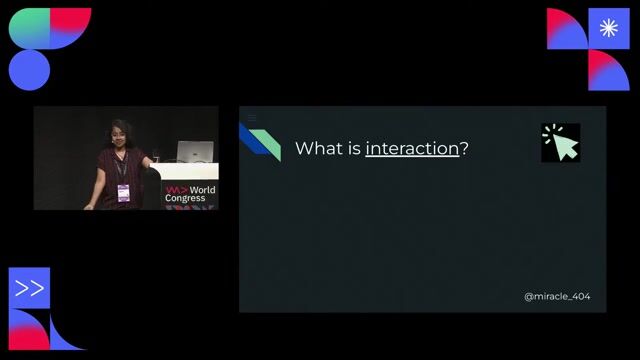 31:38
31:38Making Interactions Accessible to All Users
Anuradha Kumari
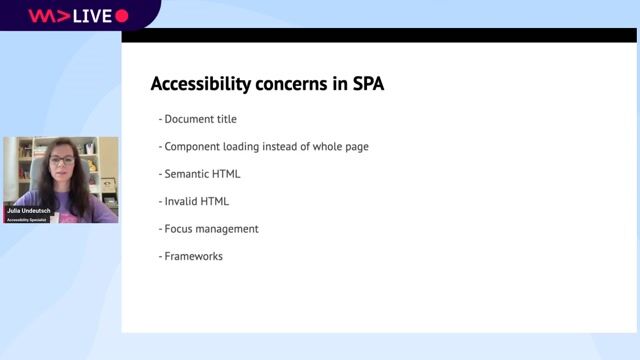 30:07
30:07Accessibility in React Application
Julia Undeutsch
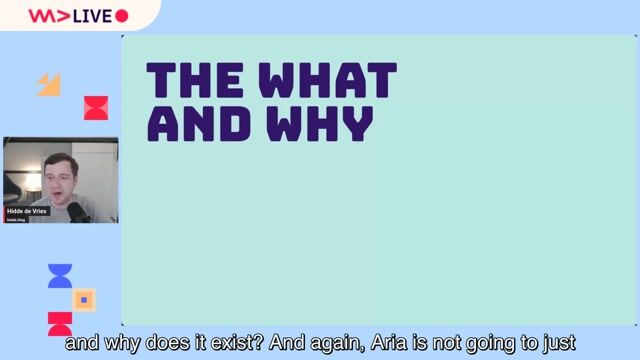 55:32
55:32ARIA: the good parts
Hidde de Vries
 1:10:08
1:10:08WeAreDevelopers LIVE - Gaps in CSS, EU Accessibility Act and more!
Chris Heilmann & Daniel Cranney & Emma Dawson
From learning to earning
Jobs that call for the skills explored in this talk.








